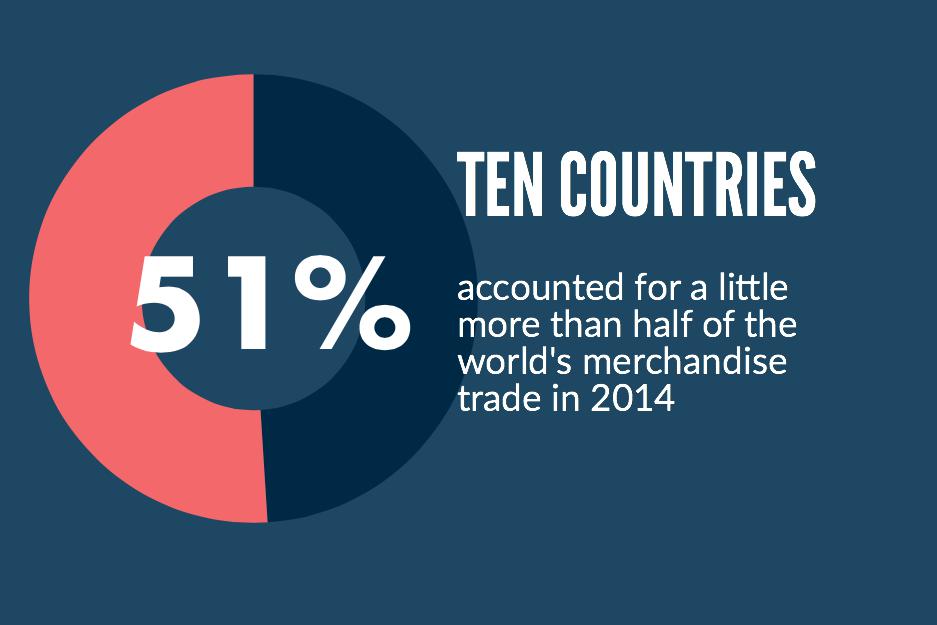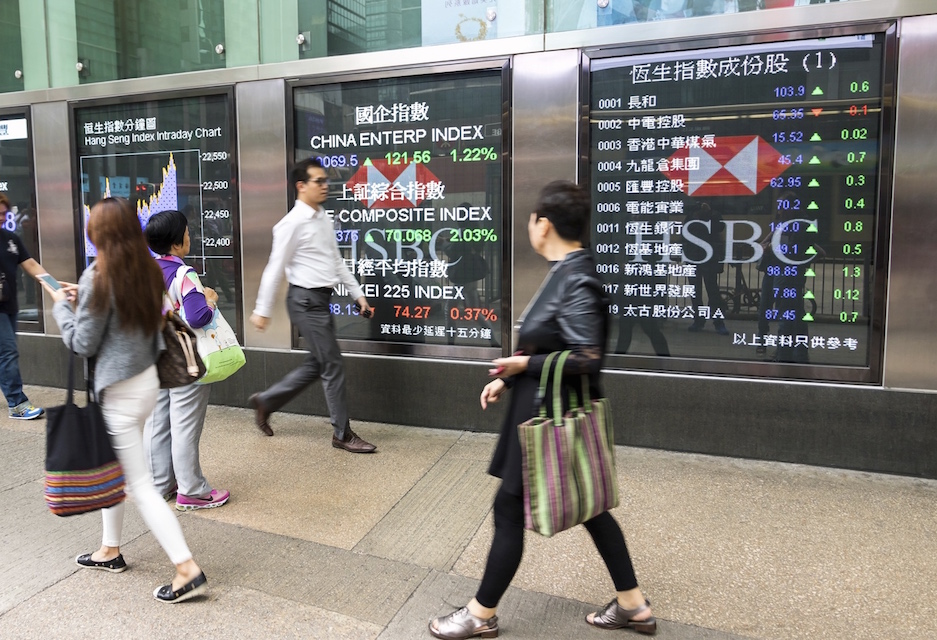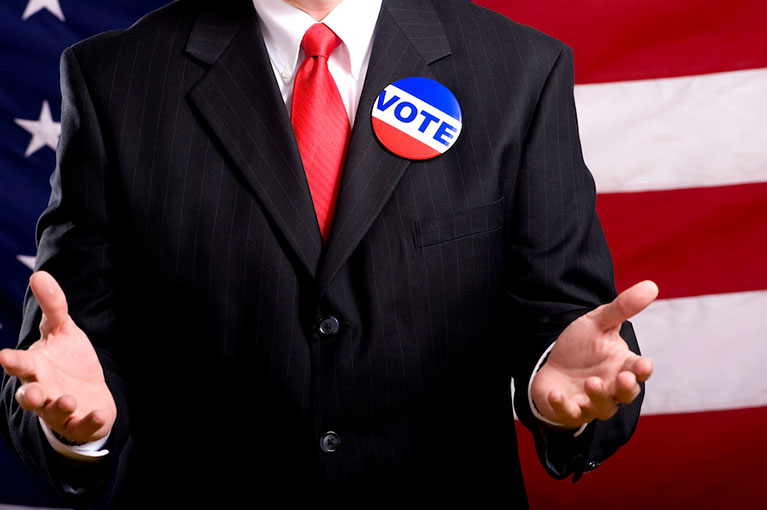Toward a Global Cashless Economy
Mobile Payments are the Future
At some point between the start of the Thanksgiving holiday and Cyber Monday, did you reach for your credit card or use another secure payment system like PayPal to make a purchase online? According to Statista, you’re in good company: 259 million Americans routinely buy online.
That wasn’t the case a few years ago when many of us were hesitant to punch in our credit card numbers to a website. But as ever more business is transacted online, financial services and “fintech” companies have built and continue to improve a secure payments ecosystem that consumers and businesses can be confident will protect their most vitals assets: their private information and money.
Pretty soon we might not need to pull out a physical card as our credit card information gets linked with mobile payment systems. All you need is your finger, your phone, or a watch – items you probably already have on hand, literally. As more consumers adopt this convenience, “e-wallets” will eventually replace cash altogether.
The United States and China Lead
Mobile payments in the United States and China are driving the global trend – the United States by sheer volume of cashless transactions and China by virtue of how fast that market is growing.
According to the National Retail Federation, 87 percent of American shoppers 18-24-years old and 88 percent of shoppers aged 25-34 used a mobile device to buy online over the holiday weekend that just ended. It’s too soon to know how much they bought, but we know that in 2017, internet sales in China on “Single’s Day” (where young singles give gifts to each other) reached $25.3 billion, which was $6 billion more than what Americans purchased online over the entire Thanksgiving weekend.
Russia put in place a National Payment Card System which boosted growth of cashless transactions by 36.5 percent over 2015-2016, but China is on a sustained upward trajectory. Mobile payments in China climbed from $2 trillion in 2015 to $15.4 trillion in 2017, an amount greater than the combined total of the global transactions processed by Visa and Mastercard combined.
Leapfrogging in Developing Countries
That said, according to the 2018 World Payments Report, developing markets as a group are expected to grow 21.6 percent over the next five years and are expected to account for half of all non-cash transactions worldwide by 2021.
Financial inclusion initiatives in developing countries that are designed to pull citizens into the formal banking system when combined with an increase of mobile phone ownership means developing countries are leapfrogging over credit card use, going from cash to mobile payments.
Remittances, which comprise a high percentage of GDP in many developing countries, are being facilitated increasingly through person-to-person mobile money transfers. In one example, Western Union and Safaricom, a mobile provider in Kenya, have teamed to enable 28 million mobile wallet holders to send money to family and others over Western Union’s global network.
The Global Mobile Industry Association predicts nearly 500 million smartphones will be in use in sub-Saharan Africa within the next two years, enabling previously “unbanked” individuals to send and receive money by phone. For merchants in developing countries, scanning a QR code on a phone is faster and cheaper than installing point-of-service terminals that require a continuous electrical supply for reliability.
Mobile People with Mobile Phones
Chinese tourists are also driving global proliferation of mobile payments as vendors work to accommodate Chinese travelers in airports, restaurants, hotels, and stores. China’s Alipay advertised popular “outbound destinations without wallets” for Golden Week, when millions of Chinese go on vacation. There’s a boom in Chinese tourists to Japan, with over 7 million visitors last year. China’s WeChat Pay teamed with Line, Japan’s popular messaging app service to offer mobile payments to Japanese retailers seeking to accommodate the influx of Chinese tourists. WeChat’s rival, Alipay, is also partnering to extend services in Japan.
Global Standards and Interoperability are Needed
Through national financial inclusion programs, a steep increase in the accessibility of mobile phones, and with trade driving more global business transactions online, a cashless global economy could be in our future.
What’s standing in the way of faster integration globally of mobile payments, however, is a lack of international standards and common approaches to security, data privacy, and prevention of cybercrimes.
Companies in this space are continually evolving layers of protections such as the chips on your credit cards, encryption, tokens, and biometrics to stay ahead of cyber criminals, but it’s a constant battle against fraud and hacking of personal account information. For example, tokenization is a technology that safeguards bank details in mobile payment apps. That’s how Apple Pay works – rather than directly using your credit card details, your bank or credit card network generates random numbers that Apple programs into your phone, masking valuable information from hackers.
Differing national regulatory approaches to data authorization and distributed ledger technology (like blockchain) could fragment markets and inhibit adoption of the underlying technologies that permit mobile payments. Industry groups say international standards should be modernized to reflect technological innovations, but also harmonized to avoid developing different payments systems for different markets.
Interoperability is then the cornerstone of expanding trade through global digital payments. Groups like the PCI Security Standards Council advocate for international cooperation not only to set standards for ease of consumer use but because no single private company or government can stay continually ahead of hackers. They say that sharing information and best practices can raise everyone’s game, prevent attacks, and disseminate alerts quickly to stop the spread of damage when an attack occurs.
Mobile Payments Slim My Wallet in More Ways Than One
Within a couple of years, there will be four times as many connected devices in the world as there are people. Young people with new spending power are favorably disposed to cashless transactions and shopping through their devices. Mobile payments help connect poorer and rural citizens to the formal economy just through SMS texts. Even tourism is spreading a culture of mobile payments. And many brick and mortar retailers say online browsing can drive in-store sales and help the bottom line.
Small businesses are making great use of mobile payment readers to take payments anywhere on the go, from selling jam at farmers markets to selling band t-shirts at small music venues. Business executives surveyed in the World Payments Report also cite increasing use of such rapid transfer payments to speed the settlement of business-to-business invoices and for supply chain financing, particularly across borders.
I routinely overspend at Starbucks because my thumb is all it takes to reload $25 my card on the app using a preloaded credit card. I’m even thinking to put the Starbucks app on my kids’ phones so they don’t need cash when walking with friends to Starbucks after school. The ease of mobile payments will probably cause us to spend more as the cash doesn’t have to leave the grip of our hands, but it will be good for business and good for global trade the more mobile payments take off.
Andrea Durkin is the Editor-in-Chief of TradeVistas and Founder of Sparkplug, LLC. Ms. Durkin previously served as a U.S. Government trade negotiator and has proudly taught international trade policy and negotiations for the last fifteen years as an Adjunct Professor at Georgetown University’s Master of Science in Foreign Service program.







